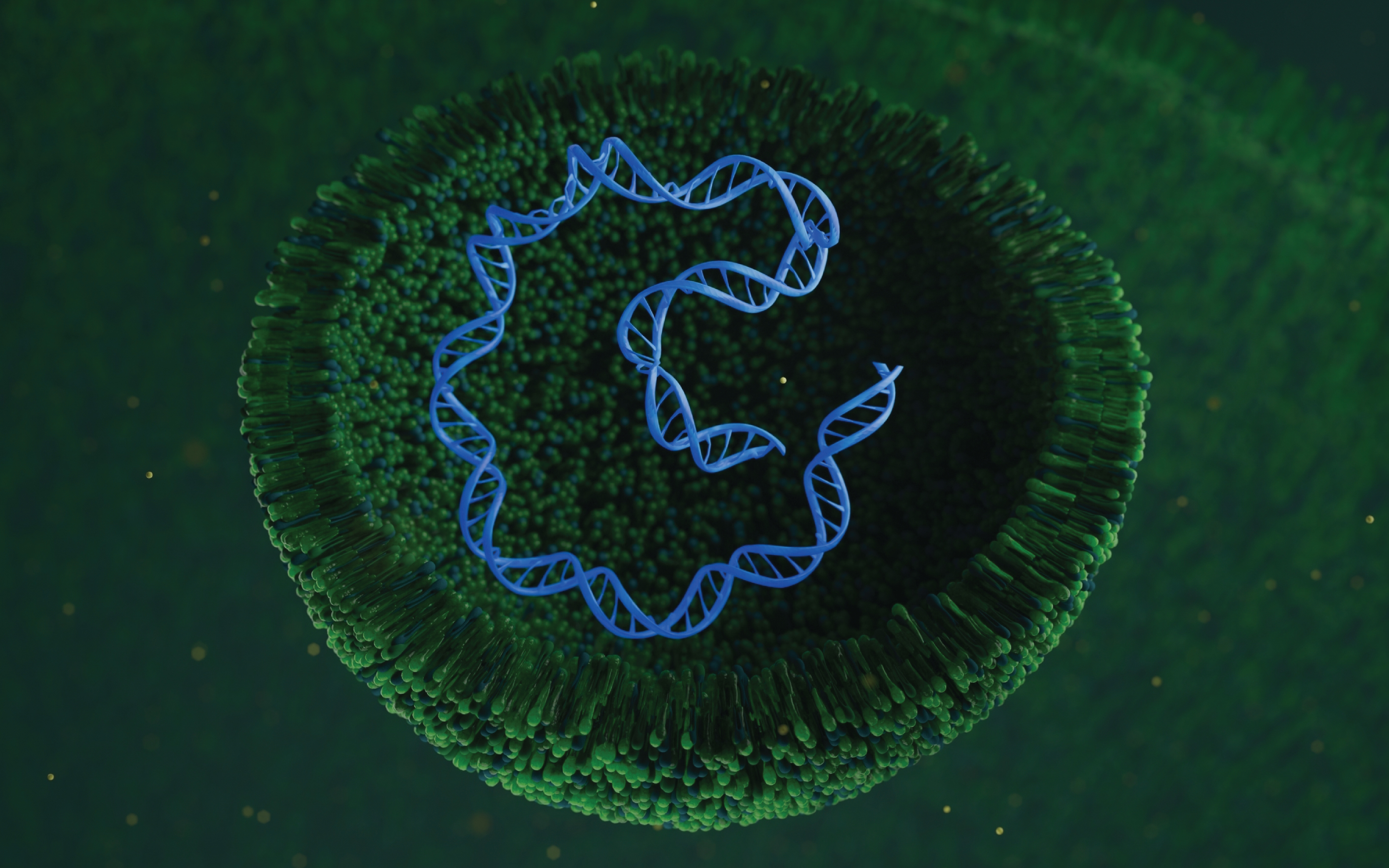There’s no denying that packages sway our shopping decisions. Marketing teams know that good package designs help ensure products reach their intended users: for example, bright colours and cartoon characters catch children’s eyes, while sleek patterns and elegant text appeal to sophisticated tastes.
A similar idea applies to mRNA vaccines, which rely on lipid nanoparticles (LNPs)—tiny, bubble-like ‘packages’ of fatty molecules—to reach their intended cells. A small but critical part of LNPs is a class of lipids known as PEGylated lipids (PEG-lipids), which help anchor LNPs to their targets.
“While PEG-lipids help stabilise LNPs and extend their internal circulation time, they can also affect where LNPs go in the body, how well they enter cells, and how the immune system reacts to them,” explained Yi Yan Yang, a Distinguished Principal Scientist at the A*STAR Bioprocessing Technology Institute (A*STAR BTI). “PEG can also sometimes trigger unwanted immune reactions and limit how long mRNA-LNPs stay active internally.”
Yang added that as PEG-lipid choice and design can affect mRNA delivery efficiency, a better understanding of PEG-lipid varieties would allow researchers to fine-tune LNP formulations, enabling safer, more effective and longer-lasting mRNA vaccines.
With this goal in mind, Yang teamed up with colleagues from A*STAR BTI and the A*STAR Genome Institute of Singapore (A*STAR GIS) to clarify the effects of different PEG-lipid types on mRNA-LNPs in human cell lines and mouse models.
The team prepared and characterised 48 different LNP formulations with varying amounts of PEG-lipids, lengths of PEG- lipid tails, and chemical linkages between PEGs and lipids. They then assessed the LNPs’ various properties, including their mRNA packaging efficiency, serum stability, uptake by cells, and resulting protein expression in mice.
The LNPs were then put to the test: loaded with mRNA encoding the SARS- CoV-2 Delta spike protein, their biological performance was benchmarked against commercial ALC-0159 LNPs currently used in Pfizer/BioNTech COVID-19 vaccines.
Overall, the researchers found that subtle changes in PEG-lipid content and structure—especially lipid tail length—significantly influenced the performance of mRNA-LNP vaccines, including their distribution in the body and immune response profile.
“Longer-tailed PEG-lipids such as C16-Ceramide-PEG and the 18-carbon DSPE-PEG elicited significant anti-PEG antibody responses,” said Yang. “In contrast, shorter- tailed PEG-lipids such as C8-Ceramide-PEG and ALC-0159 induced minimal immune responses, which highlights the role of lipid anchor design in reducing immunogenicity.”
The team also discovered that both C8-Ceramide-PEG and ALC-0159 LNPs built up similarly in mouse lymph nodes—the command centres of immune response— and triggered comparable desired immune responses against SARS-CoV-2. However, C8-Ceramide-PEG LNPs built up less in the liver compared to ALC-0159, potentially indicating less liver toxicity.
Looking ahead, Yang’s team is exploring ways to replace PEG-lipids with biodegradable counterparts. “By engineering smarter and safer PEG- free materials, we aim to create next- generation LNP platforms more suited to long-term repeat use in mRNA vaccines and therapeutics,” said Yang.
The A*STAR-affiliated researchers contributing to this research are from the A*STAR Bioprocessing Technology Institute (A*STAR BTI) and A*STAR Genome Institute of Singapore (A*STAR GIS).






